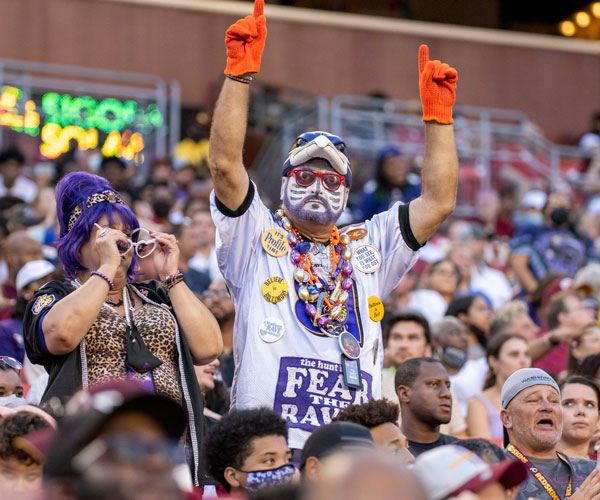The battered brick husk at East 66th Street and Lexington Avenue refuses to crumble like so many other buildings in Hough. With all the history made here, maybe pride is the thing holding League Park's ticket house together these days.
The century-old structure leans against a wall of similar height that runs almost the length of a football field and stops about where home plate used to be. Babe Ruth's 500th home run sailed from there to Lexington Avenue in 1929, overcoming the ballpark's now-demolished 40-foot right field wall to do so.
The people rooting for the preservation of League Park have faced some towering obstacles, too. The first one was overcome in February, when City Council released $387,000 for City Architecture Inc. to begin drawing up plans to restore the ticket house, bleacher wall and field to their original luster by 2012, which will cost an additional $4.5 million that the city has already earmarked for the project.
"This used to be such a vibrant community," says Paula Gist, chairwoman of the League Park Heritage Committee, commissioned by Ward 7 Councilman T.J. Dow in 2009. "All the things that happened in the last 50 years really knocked the wind out of us. ... We kind of let this one get away from us."
Although League Park was initially built small and simple for the Cleveland Spiders in 1891, the team's opening day starter, Cy Young, was anything but. He earned his 10th of 511 career wins that first day in May and led the team to a championship in 1895. He was traded, along with every other good player, to the owner's St. Louis club after the 1898 season because of low attendance. The Spiders went 20-134 the next year and then folded.
Young eventually returned to Cleveland and played for the new Cleveland team, then called the Naps, in the new League Park that opened in 1910. It was the first ballpark constructed by local firm Osborn Engineering, which also built the original Yankee Stadium, Comiskey Park in Chicago and Fenway Park in Boston, the only one still in use.
Now, League Park is a muddy pit fit only for children and amateurs. Walking the perimeter of the field, it's hard to believe the Spiders, Indians, the Negro League's Buckeyes and NFL's Rams all won championships on this spot. The 1964 championship Browns even practiced here. "It symbolizes winning," explains Dow, "something we haven't had here in a while."
Dow has championed the 20-year-old pet project initially envisioned by his predecessor and longtime Cleveland councilwoman, the late Fannie Lewis. Political dissension and a $20 million price tag kept it from happening until now, Dow says.
By the time the full restoration plan, which will require another $3.5 million in private donations for seating and locker rooms, is complete, Dow hopes it will become Cleveland State University's home field. It's 20 miles closer to campus than the Vikings' current home in Avon, and Dow says the field will be college-certified with new fences and irrigation.
The ticket house will become a monument to the park's past. The glove of Neal Ball, who performed the first unassisted triple play at League Park in 1909, could be one item featured there, but the Baseball Hall of Fame doesn't easily relinquish artifacts. The application for borrowing one is 33 pages long, and the process takes around six months, according to Baseball Hall of Fame director of communications Craig Muder. Dow admits it's too early to know all the specifics, but he knows what the project means.
"It's about baseball, it's about our history, but it's also about revitalizing our community," Dow says, adding that he hopes the effort will eventually bring new restaurants and retail to the area. Chairwoman Gist also believes businesses will return, but more importantly, so will the spirit of her community.



